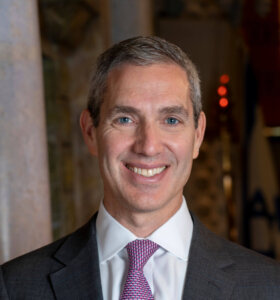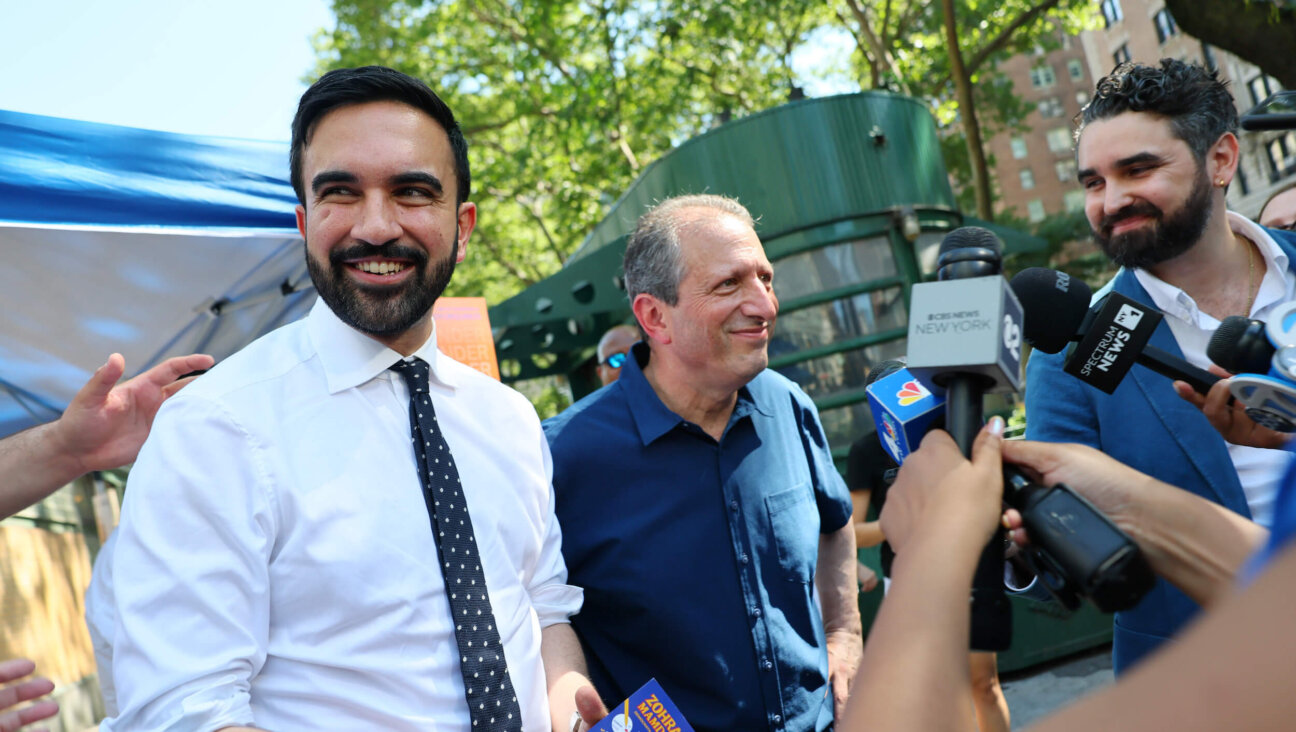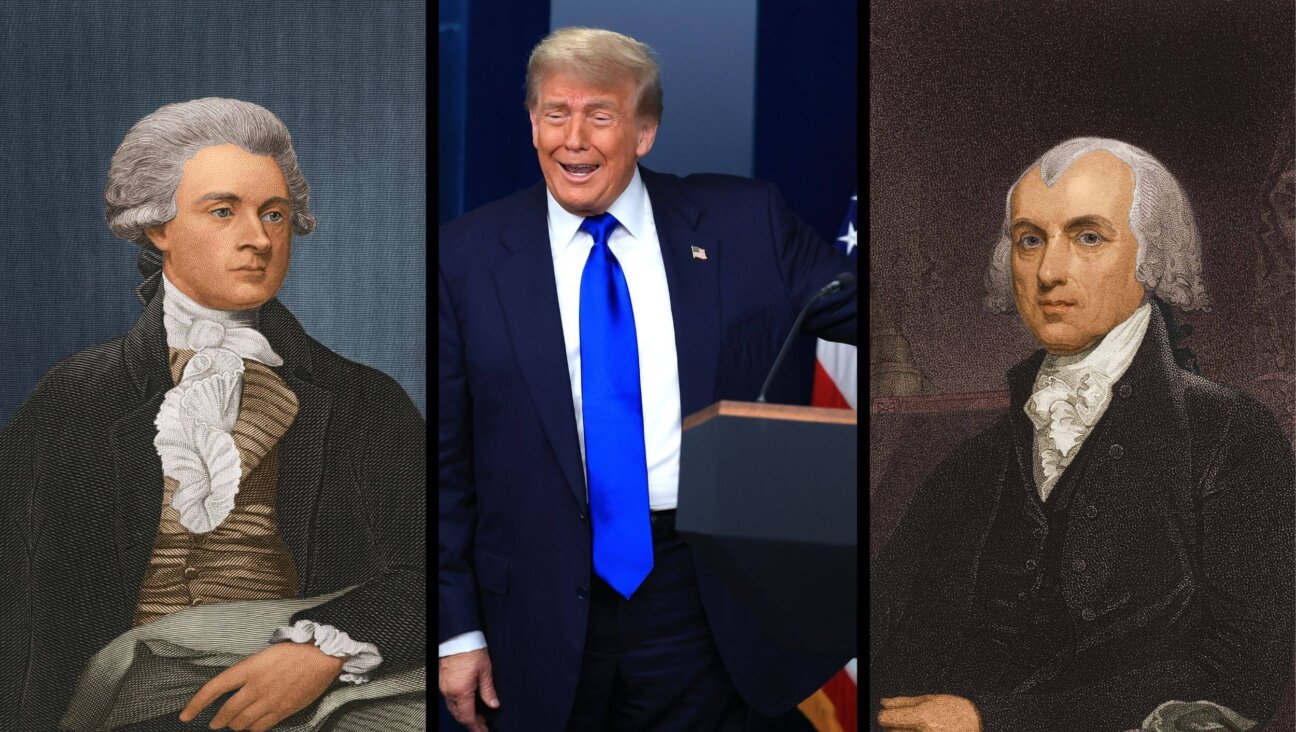Tradition and (50 Years of) Change
Few books have an iconic status specifically for Conservative Jews, but it is fair to say that “Tradition and Change: The Development of Conservative Judaism” is one of them. This year marked the 50th anniversary of the publication of this landmark volume of essays on movement ideology, edited by the late Rabbi Mordecai Waxman. For a half-century, it has served as a veritable reference manual — the *vade mecum — *for anyone interested in the intellectual roots of Conservative Judaism and its institutional arms. Today, “Tradition and Change” continues to illuminate Conservative Judaism’s rich past, but it also offers valuable insights for a movement that has been struggling with uncertainty about its future.
In order to understand Waxman’s effort, we must first turn to another study published a few years prior — Marshall Sklare’s “Conservative Judaism: An American Religious Tradition.” Sklare, who would go on to become the doyen of sociologists of American Jewry, characterized Conservative Judaism in terms of its social and cultural context. “The signal contribution of Conservatism,” Sklare wrote, “would seem to be that of offering an acceptable pattern of adjustment to the American environment for many Eastern European Jews.” The movement’s synagogues, Hebrew schools, men’s clubs, sisterhoods and umbrella organizations all reflected the need of an upwardly mobile Jewish middle class to translate its Old World faith and practices into an American context. So too, the Jewish Theological Seminary sought to train rabbis able to serve the shifting observance patterns of American Jews. As Solomon Schechter once quipped, the American rabbi would have to be both traditionally learned and understand how to play baseball.
Waxman’s “Tradition and Change” may be understood as a response to Sklare’s basic thesis. Indeed, on the very first page of the book Waxman writes: “It is the contention of this article that there is a clearly defined Conservative Movement, that it has an ideology, and that it is considerably more than the product of American sociological forces.”
Waxman believed that Conservative Judaism reflected the evolutionary dynamism that has always been the calling card of the Jewish tradition. But he was understandably troubled by Sklare’s contention that Conservative Judaism was merely the product of circumstance, trends and context. No Jew, certainly no rabbi, wants to be told that the things he or she holds most sacred and believes to be eternal are really just reflections of sociology. Religion, if anything, should be the one thing in our lives that transcends a particular context and connects us to God and to a people, extending both back in time and into the future.
Waxman responds to Sklare by pushing the starting line back to 19th-century German Judaism — indicating that Conservative Judaism was not some Johnny-come-lately on the American Jewish scene but the product of the great scholar-rabbis of European Jewry. Actually, Waxman pushes the starting line back even further, all the way to the beginning of Judaism, writing: “The Conservative movement has always clung to the position that it is not a denomination in the Jewish fold. It holds that it* is *Judaism.” Reading Waxman’s book, one is left with a feeling that Conservative Judaism represents a coherent tradition: anchored in our sources, internally dynamic, able to house a plurality of opinions, Zionist, intellectually rigorous but still reverential of our sacred texts. Most importantly, these values are not particular to any one slice of the American Jewish experience but traceable back to Mount Sinai itself.
So who was right? Sklare or Waxman? After all, if Sklare was right, then Conservative Jews living in 2008 may rightfully ask whether the movement has run its course and is woefully inadequate for the needs of the present. On the other hand, if Waxman was right, then the ideas that animate Conservative Judaism have the power to speak anew to future generations of Jews, just as they have done in the past.
To quote the tradition: Elu v’Elu. Both Sklare and Waxman were right. Sklare was correct that the meteoric rise of the Conservative movement was due to a series of demographic forces in American Jewish life. Waxman was correct that the underpinnings of Conservative Judaism are deeply rooted in our tradition and, more importantly, have enduring relevance.
American Jewry, of course, has changed immensely in the half-century since Waxman’s book was first published. The question in 2008 is no longer how to provide Jews of Eastern European background with a Judaism able to co-exist with modern American society. Today, the question is how to provide Jews immersed in American culture with a bridge via which to reconnect with their Jewish roots — to return to Sinai, so to speak.
Conservative Judaism has always understood its mission to be one of providing the tools by which American Jews can negotiate the tensions between their Jewish and secular identities, their love for Israel and their ingrained universalism, their devotion to Torah and their critical faculties. The problem with Conservative Judaism isn’t ideological — its spiritual pedigree is remarkably well positioned to meet the spiritual needs of Jews in our time. The challenge facing the Conservative movement is whether it is able to reorient itself to the sociology of our present moment.
The Conservative movement is in desperate need of reorganization. In a time when multi-billion-dollar industries are engaged in massive restructuring, who are we to stand on ceremony and act as if we are above a little bit of self-reflection? Who is to say that the structures we used in 1958 — whether it is our models for Hebrew schools, for synagogues or for movement institutions — are those that are best suited for the needs of 2008? We live in a different world than Waxman and Sklare, and if Conservative Judaism is to survive another 50 years, we need to recognize that fact — while remaining faithful to our religious roots.
Tradition and change — it is time for the Conservative movement to recommit to Rabbi Waxman’s charge.
Rabbi Elliot Cosgrove is the senior rabbi of Park Avenue Synagogue in New York.























